PsychNewsDaily Publishers
100 Summit Drive
Burlington, MA, 01803
Telephone: (320) 349-2484
PsychNewsDaily Publishers
100 Summit Drive
Burlington, MA, 01803
Telephone: (320) 349-2484
Norwegian youth are increasingly reducing social media usage due to concerns about cyberbullying, mental health, and a desire for healthier offline interactions and communication skills.
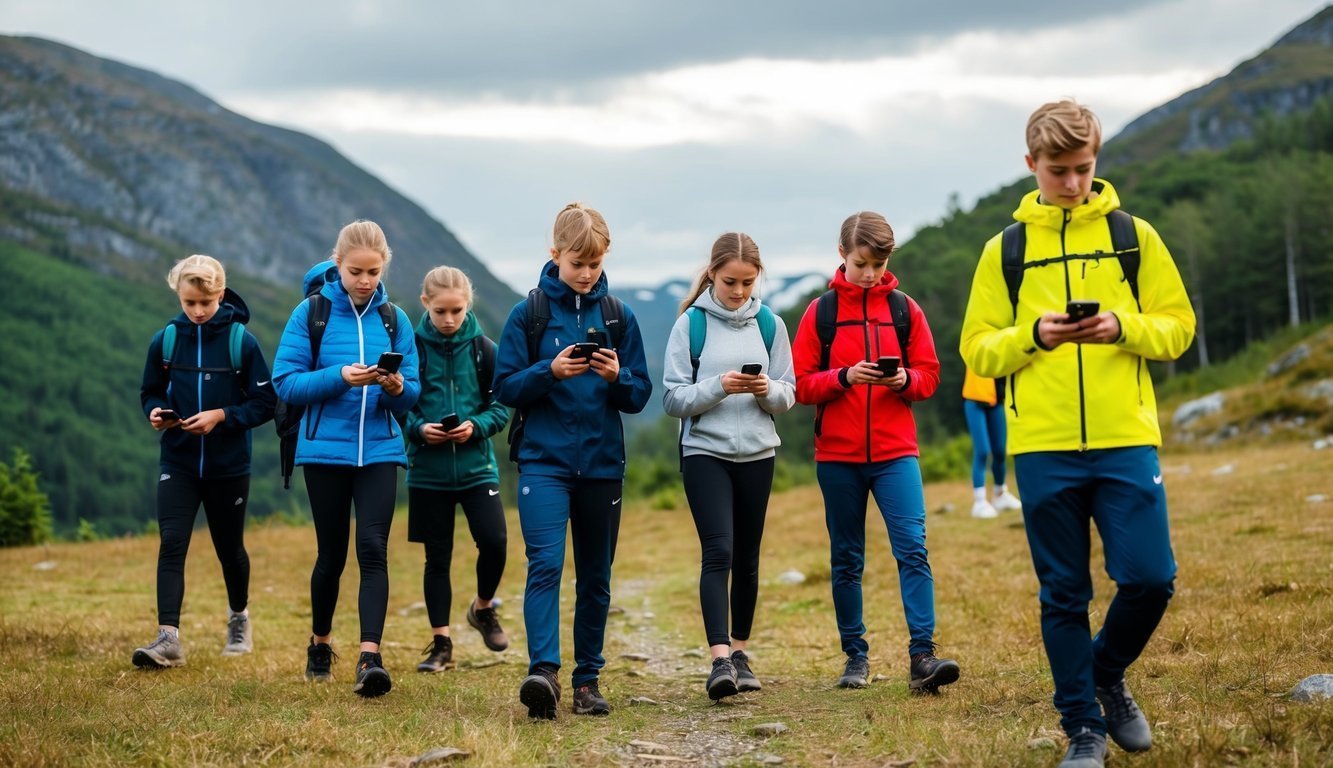
Fewer Norwegian kids are using social media these days. There’s a mix of reasons behind this change, and it’s impacting how they communicate and build social skills.
More and more young people are stepping back from social media. I’ve read that rising concerns about negative experiences online play a big role. Kids today seem worried about cyberbullying and pressure to keep up an online image.
Also, studies suggest that screen time is becoming a hot topic. Kids are realizing that spending too many hours online can affect their mental resilience. It seems that they prefer to interact face-to-face or through other means. I can’t help but think that they’re looking for a healthier balance between their online and offline lives.
Honestly, it amazes me how this shift changes communication among young people. As they spend less time on social media, I can see them picking up real-life conversation skills. Kids today are chatting, laughing, and sharing stories in person again.
Being more present with friends can strengthen social skills. I find it fascinating how direct interactions can help build confidence. They might discover how to express themselves better, which is valuable in building friendships. It’s like they’re weaving their own tapestry of connections without the noise of likes and shares.
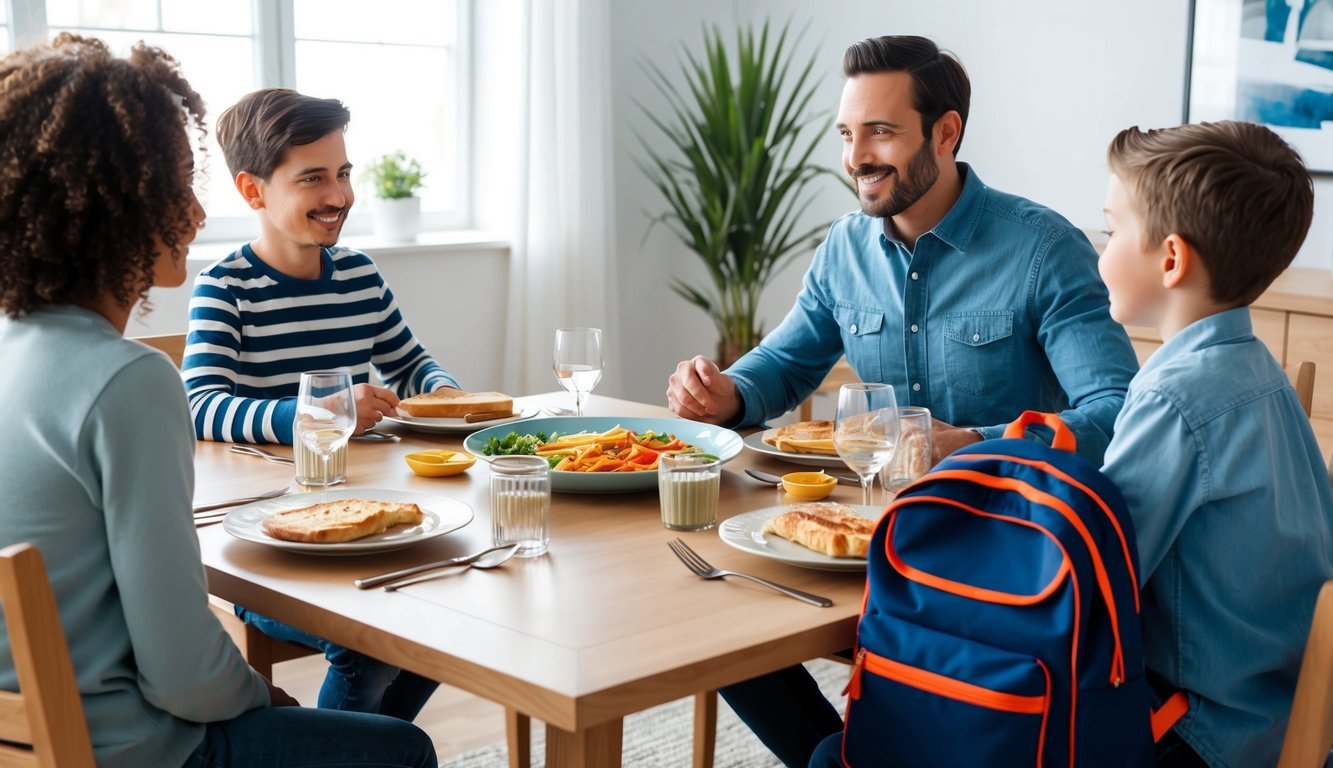
Family and school play big roles in shaping how kids use social media. The support they get at home and how their school environment feels can really affect their habits online.
I often think about how families impact kids’ lives. A supportive family can make a real difference. When parents are involved, kids tend to use social media less. For example, having clear rules about media use can help kids manage their time and focus more on schoolwork.
In families where communication is open, kids might feel more comfortable sharing their online experiences. This openness can lead to fewer risky behaviors online. Also, when parents model good media habits, kids often follow suit. I wonder if families with higher socioeconomic status tend to have more resources to help guide their kids.
Schools matter too, right? A positive school environment encourages healthy media habits. Teachers can integrate lessons about digital responsibility in the curriculum. When schools talk openly about social media, kids can recognize its pros and cons.
If kids feel supported by their teachers, they’re likely to engage more in school activities instead of spending time online. Honestly, it makes me think that positive peer interactions at school can also help kids connect without relying so much on social media. Overall, the way family and school interact shapes how kids approach their online lives.
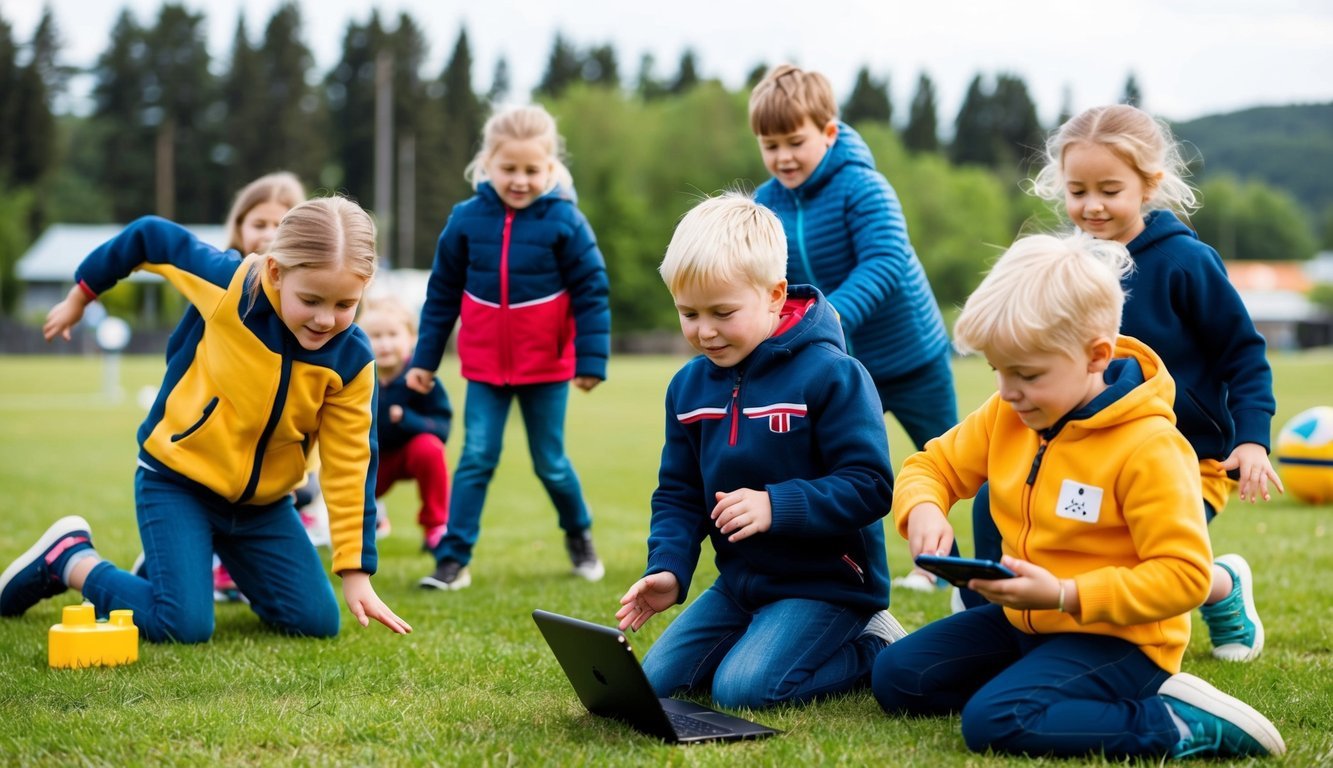
As we talk about fewer Norwegian kids using social media, it’s important to look at how this change can affect their physical and mental health. There’s some interesting stuff to consider about social media’s impact on things like anxiety, depression, and even how kids feel about themselves.
I often wonder how social media really shapes our kids’ minds. Many studies show a strong link between using social media and mental health issues, like anxiety and depression. For some kids, spending too much time online can lead to negative feelings about their body image and self-worth. They might scroll through perfect photos and feel like they don’t measure up.
Interestingly, kids who’ve cut down on social media often report a boost in their self-reported quality of life. It makes sense, doesn’t it? Less screen time can mean fewer comparisons and more time for real-life connections, which can help reduce stress and anxiety.
When we think about physical activity, it’s hard to overlook its benefits. I mean, being active not only keeps our bodies healthy but also plays a huge role in mental wellness. Kids who spend more time outdoors, running around with friends, often feel happier.
Reducing screen time also opens doors to more physical activity. For instance, instead of scrolling, they could be biking, playing sports, or just exploring nature. These activities can lower levels of stress and give them a sense of achievement.
I find it fascinating how these changes can create healthier habits. When kids feel better physically, it often influences their mood and mental health positively. Less time on social media could be just what they need for improved well-being.
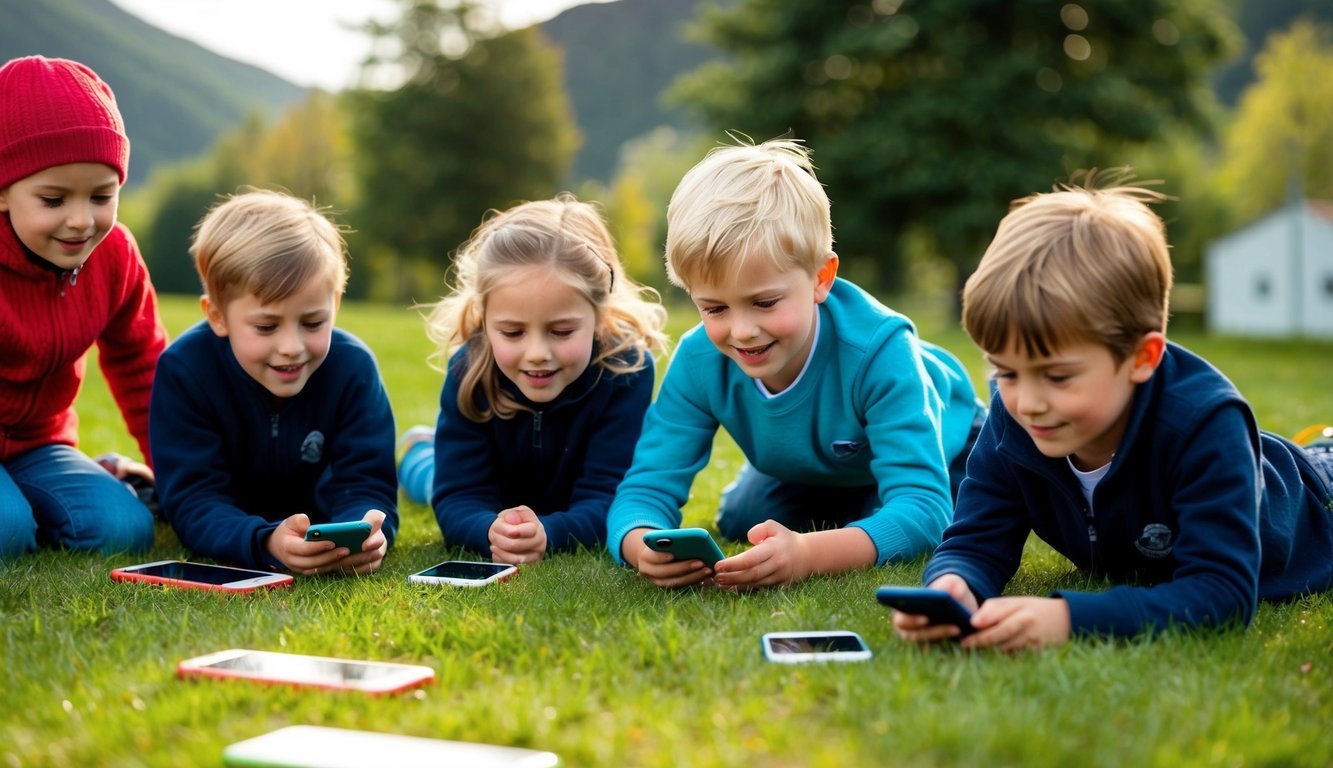
As fewer Norwegian kids use social media, we’ve got to think deeply about online safety and the challenges they face. It’s important to chat about cyberbullying and how adolescents navigate their online worlds.
When I think about online safety, I can’t help but wonder how often kids run into issues like cyberbullying. Sadly, it’s a real problem these days. Parents need to know how to talk to their kids about it. Tools like parental control apps can help monitor their online activity, allowing for conversations about safe use.
I’ve read that unwanted sexual communication is another huge concern. Kids may not feel comfortable sharing these experiences. It’s vital for them to know they can speak up. Schools and parents should work together to educate children about how to handle online threats. Building awareness is key.
Adolescence is such a tricky time. When you mix that with the internet, it gets even more complicated. I often think about how teens use social media to seek approval from their peers. It can lead to vulnerabilities like feeling pressure to conform or compare themselves to others.
Social media can be a double-edged sword; it connects kids, but it also exposes them to harsh criticism. I believe it’s essential to encourage open discussions about these themes. Let’s remind them that it’s okay to take a step back and focus on what truly matters, like real friendships and being themselves.
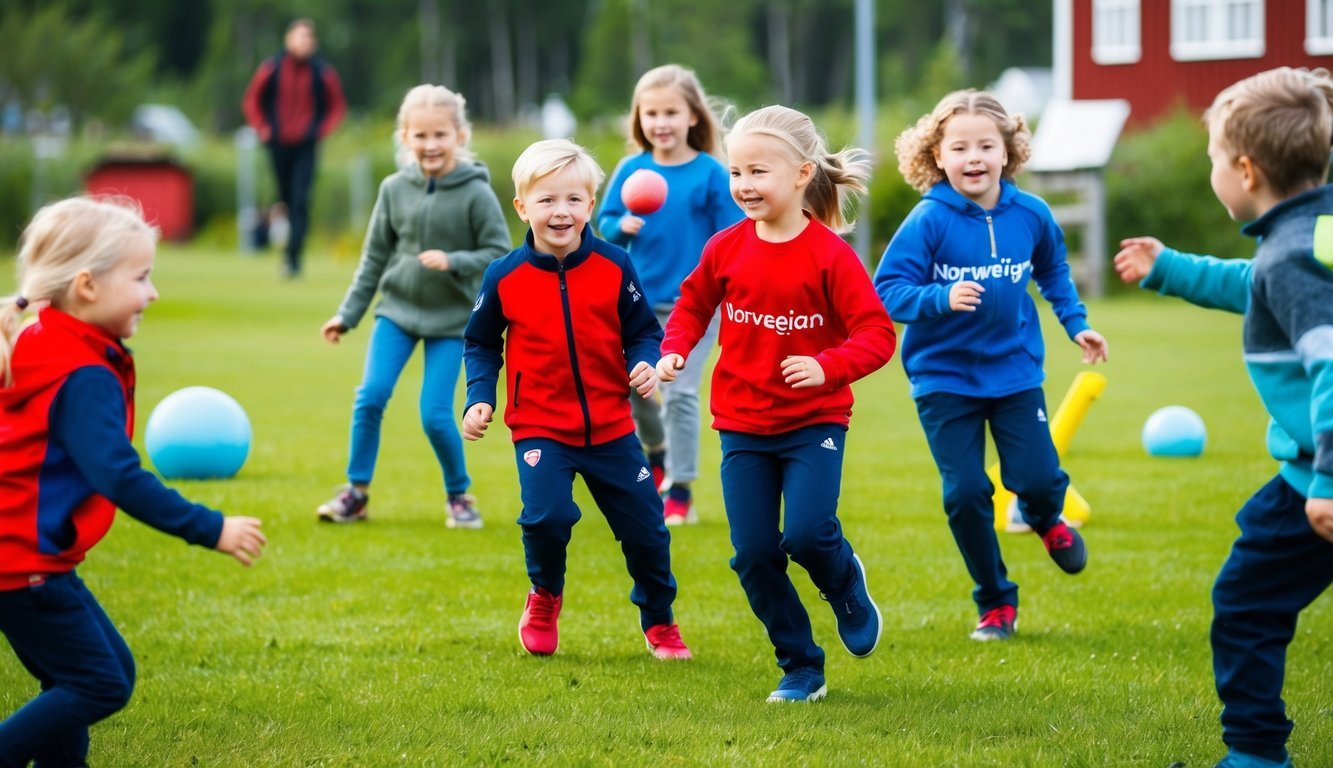
There’s been some chatter about why fewer kids in Norway are spending time on social media. A mix of changing attitudes and even some concerns around safety seem to be playing a part. Let’s dive into some questions that are coming up around this shift.
I think one big reason could be shifting priorities. Kids are finding other ways to connect, like through sports or hobbies. Plus, there’s an increasing awareness about online safety. They might be feeling more cautious about sharing personal stuff online.
For sure, perceptions are changing. Many kids seem to be realizing that social media isn’t the only place to socialize. They’re starting to see it as less of a “must-have” and more of an optional tool. It’s interesting how kids today are more mindful with their time online.
From what I’ve seen, there’s a noticeable decline in the time spent on these platforms. Reports suggest that many teens are logging in less frequently. It’s not just a phase; it feels like a real cultural shift happening in how young people interact.
Yes, some studies have shown a decline in use. Research highlights a reduction in engagement on major platforms. Kids are reporting lower satisfaction with social media, which might explain why they’re choosing to step back.
Absolutely, experts are definitely looking into this trend. Many suggest it’s connected to a broader awareness about mental health and well-being. They’re pointing out the importance of balanced lives, encouraging kids to explore life both online and offline.
I wonder if there’s more beneath the surface. It might not just be about numbers or studies.
Families, schools, and even local communities could be influencing kids to engage more with real-life connections. It’s like there’s a push towards finding a healthier balance.